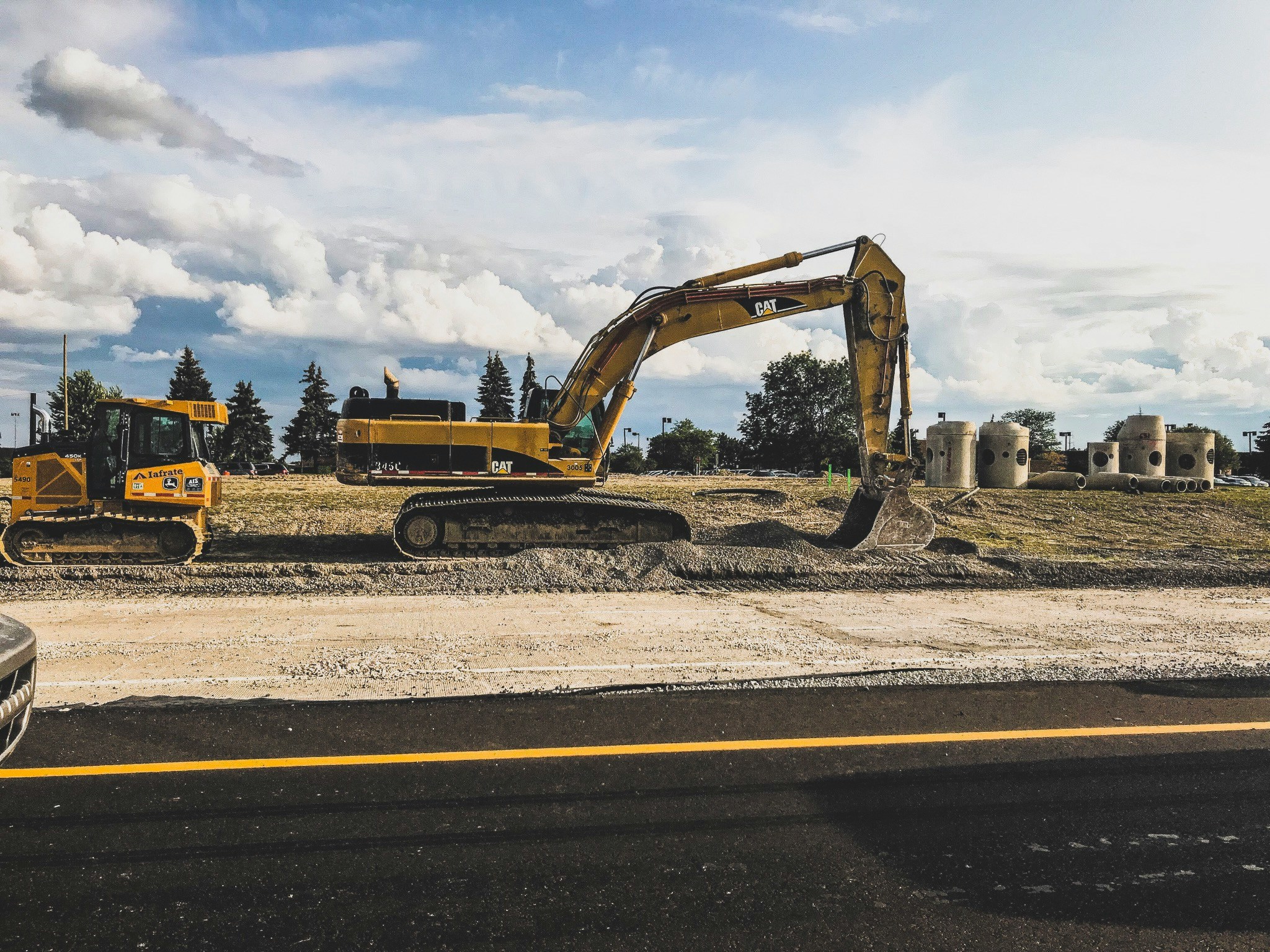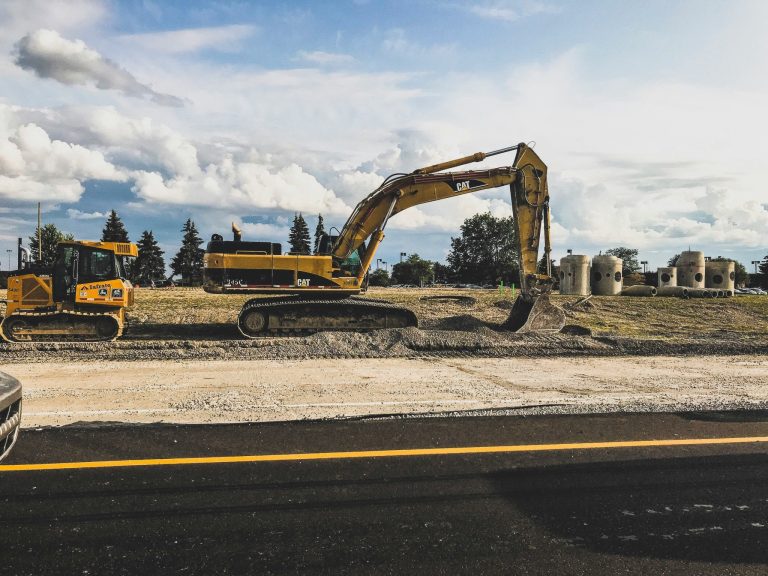Definition and Purpose of Hoists
A hoist is a mechanical device used for lifting or lowering heavy objects by means of a drum or lift-wheel around which a rope or chain wraps. The main purpose of hoists is to facilitate the vertical movement of heavy loads, making it easier and safer to handle materials. Hoists are indispensable in construction, manufacturing, warehousing, and other industries where the transportation of heavy items is a frequent task.
Common Applications of Manual Hoists
Manual hoists are widely used in scenarios where electricity is unavailable or where precision and control of lifting operations are paramount. They are particularly useful in environments such as construction sites, where they can be employed for tasks like lifting beams and materials to various heights. Additionally, manual hoists are found in mechanical workshops for engine repairs and in warehouses for organizing heavy goods. Their versatility and ease of use make them a go-to choice for many operators.
Lever Hoist Overview
Mechanism and Operation
Lever hoists, often referred to as come-alongs, operate via a ratcheting lever handle. When the lever is cranked back and forth, the hoist chain tightens around the load, lifting or lowering it as required. The internal gears and pawl mechanism ensure robust performance even under substantial loads. This back-and-forth motion allows for precise control over the lifting process, making lever hoists ideal for tasks that demand meticulous adjustment.
Key Features of Lever Hoists
Load Capacity
Lever hoists come in various load capacities, typically ranging from a few hundred kilograms to several tons. Choosing the right load capacity is paramount to ensure safety and efficiency. For example, lighter models are suitable for small-scale operations, whereas heavy-duty versions can handle industrial applications.
Lever Length and Force
The length of the lever directly impacts the amount of force required to operate the hoist. Longer levers reduce the effort needed to lift heavy loads, making them suitable for operations that demand higher lifting forces. Conversely, shorter levers require more effort but offer greater maneuverability in confined spaces.
Safety Latches
Safety is a critical aspect of operating any lifting device. Lever hoists are equipped with safety latches on the hooks to prevent accidental disengagement of the load. These latches are designed to withstand substantial pressure, ensuring that the load remains securely attached even if there is an accidental impact or shift during operation.

Manual Chain Hoist Overview
Mechanism and Operation
Manual chain hoists, also known as chain falls, operate by pulling a hand chain, which rotates a chain wheel and gears within the hoist mechanism. This action raises or lowers the load as needed. The hand chain’s smooth operation ensures a controlled lift, allowing for precise adjustments. Chain hoists are known for their higher mechanical advantage, which makes lifting heavy loads with minimal effort possible.
Key Features of Manual Chain Hoists
Load Capacity
Similar to lever hoists, manual chain hoists come with various load capacities. These hoists are available in models capable of lifting anywhere from a few hundred kilograms to several tons. Selecting the appropriate load capacity is essential to match the task at hand, ensuring safe and efficient lifting operations.
Chain Length and Control
The length of the hand chain and lift chain in a manual chain hoist is a crucial factor. Longer chains provide a higher reach, making them ideal for tasks that involve lifting loads to greater heights. Additionally, the smooth and precise control offered by the hand chain allows operators to make incremental adjustments, which can be critical for delicate or detailed work.
Security Measures
Manual chain hoists incorporate advanced security measures such as load brakes and dual-pawl mechanisms. These features ensure that the load remains suspended safely when lifting operations are paused. The robust construction and secure braking system minimize the risk of accidental drops and enhance overall operational safety.
Comparison: Lever Hoist vs. Manual Chain Hoist
Performance Differences
When comparing lever hoists and manual chain hoists, performance differences are evident. Lever hoists offer exceptional control and precision, particularly valuable in applications requiring frequent adjustments. Their ratchet mechanism allows for incremental movements, making them ideal for tasks where precise positioning is required. On the other hand, manual chain hoists excel in lifting heavier loads with less manual effort due to their higher mechanical advantage, thanks to the multiple gears and pulleys involved.
APOLLO offer a highly customizable hoisting solution tailored to meet the specific needs of various industries. Our product can be personalized through OEM branding, including the selection of appearance color and the addition of your company logo. The material of the chains can be customized to include options like T80 T100, copper alloy, stainless steel, or aluminum alloy, ensuring durability and suitability for different working environments.

Ease of Use Comparisons
In terms of ease of use, lever hoists typically require more physical exertion but provide easier handling in terms of direction and positioning. Their lever mechanism can be simpler to operate in constrained spaces where there isn’t much room to maneuver. Conversely, manual chain hoists, while offering smoother and less physically demanding operation, may demand more room for the chain to move freely. Hence, choosing between the two often hinges on the specific environment and nuances of the task at hand.
Portability and Setup Time
Regarding portability and setup time, lever hoists generally have an advantage. They are usually compact and lighter, making them easier to transport and quicker to set up. Manual chain hoists, while also portable, are often bulkier due to the long chains, and setting them up might take longer. However, their ability to lift heavier loads often outweighs this drawback in heavy-lifting applications. Hence, if quick deployment and portability are critical, lever hoists may be preferable.
Cost Analysis
Cost is another significant factor to consider. Lever hoists may be more affordable initially but could incur higher operational costs due to the physical effort required. Conversely, manual chain hoists might come at a higher purchase price but can result in reduced labor costs owing to their efficiency in lifting heavy loads. Thus, the total cost of ownership must be evaluated, considering not only the purchase price but also the operational costs over time.

Practical Considerations in Choosing the Right Hoist
Specific Work Environment Requirements
When choosing the right hoist, consider the specific requirements of your work environment. For instance, environments with limited space might benefit more from lever hoists due to their compact design. In contrast, spaces where lifting heavy objects vertically over considerable heights is frequent might be better served by a manual chain hoist.
Frequency of Use and Maintenance Needs
The frequency of use and associated maintenance needs are also pivotal. Lever hoists, requiring more physical input, might wear out quicker if used extensively, thus needing more frequent maintenance. Manual chain hoists, though robust, come with their maintenance requirements, especially for the numerous moving parts like gears and pulleys, which need regular inspection and lubrication.
User Skill Level
Lastly, the skill level of users should influence the decision. Lever hoists can be simpler to use for beginners due to their straightforward mechanism. However, manual chain hoists, while potentially more efficient, might require a slightly higher skill level to operate correctly. Training and proper understanding of the equipment thus become crucial factors.
Summary: Making an Informed Decision
In conclusion, both lever hoists and manual chain hoists offer unique advantages and cater to different operational needs. Lever hoists excel in precision and compact environments, whereas manual chain hoists shine in lifting heavy loads efficiently. Careful consideration of performance differences, ease of use, portability, cost, and work environment specifics will guide you in making an informed decision. Understanding these factors ensures that you choose the most suitable manual hoist for your particular application, enhancing both safety and efficiency in your operations.


